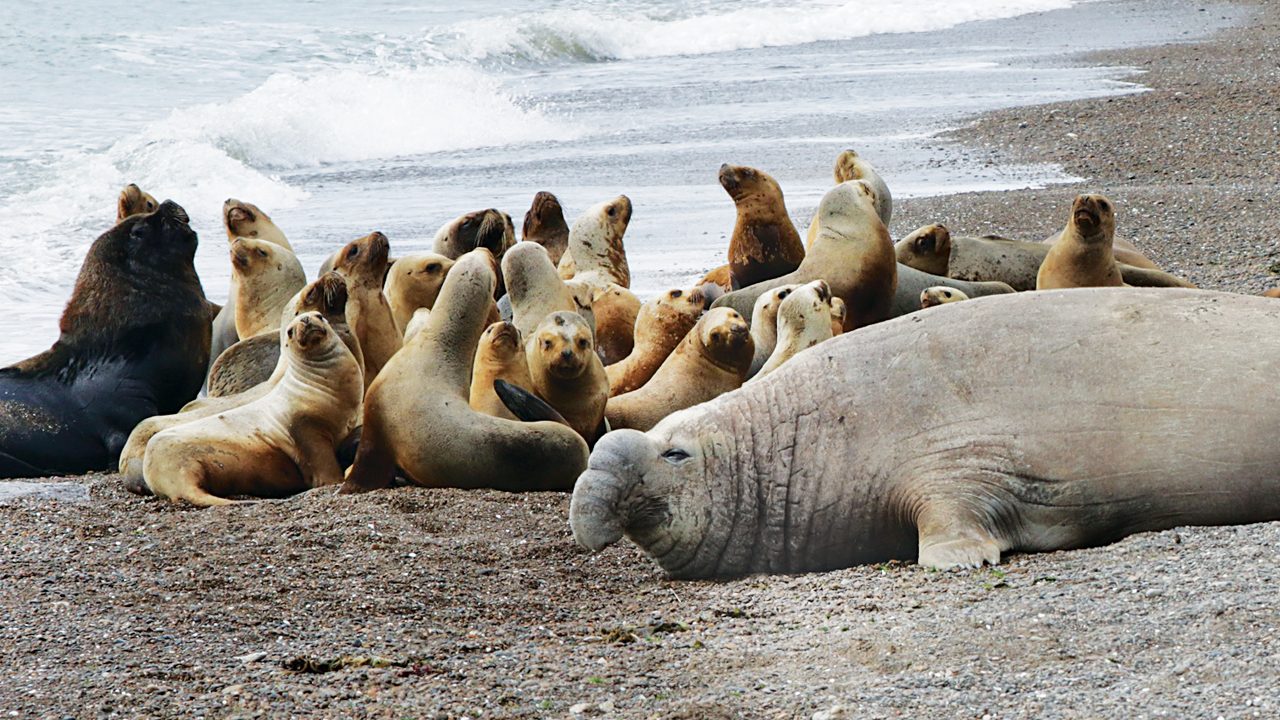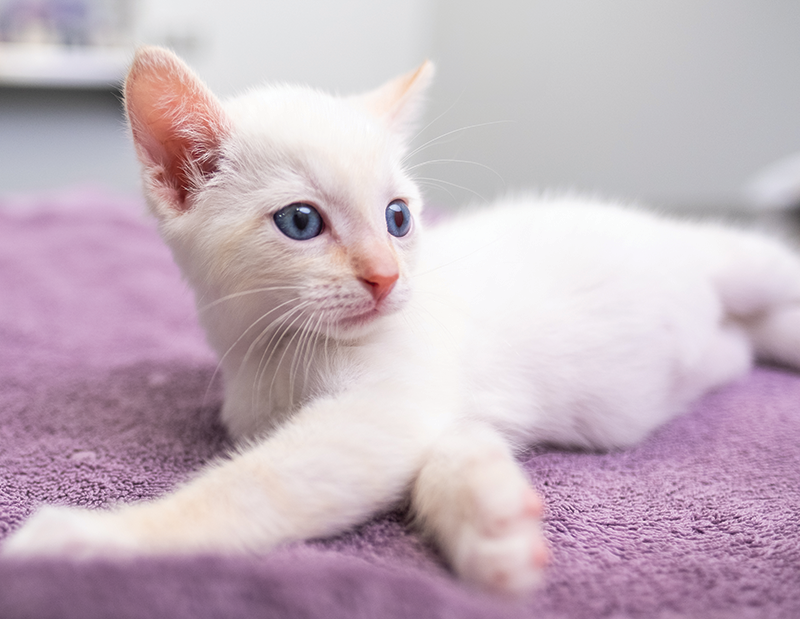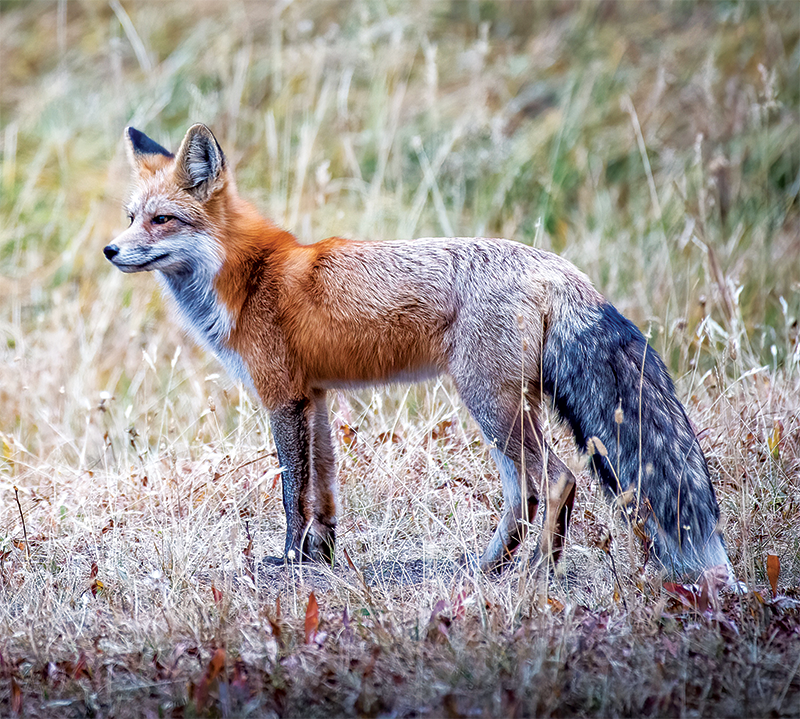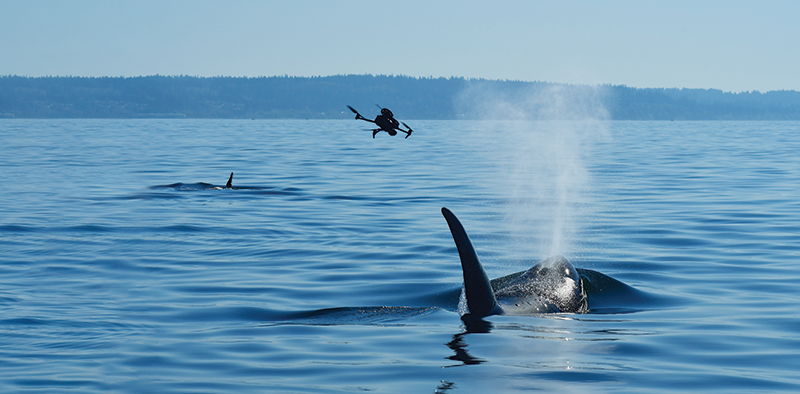
Discoveries
Avian Flu Continues to Evolve
A massive outbreak of H5N1 highly pathogenic avian influenza spreading among elephant seals and sea lions in South America provided evidence of mammal to mammal transmission of this deadly disease. A study published in the journal Nature Communications and co-led by UC Davis and the National Institute of Agricultural Technology in Argentina shows that the outbreak in elephant seals was a steppingstone amid the first transnational spread of the virus in these species, extending across five countries in southern South America.
The study’s genomic analysis further found that the virus evolved into separate avian and marine mammal clades upon entering South America, which is unprecedented. The H5 marine mammal viruses are also able to jump back into birds. Scientists do not yet know if the virus was transmitted by aerosol, saliva, feces, or other means, or if surviving animals have built resistance via protective antibodies.
The epidemic reversed decades of elephant seal conservation efforts. More than half of the reproductive population likely died and most of the adult males and many of the most experienced and fertile females did not return.
Continued monitoring and investigation is critically important to better understand the virus’s evolution. Its increased flexibility to adapt to new hosts could have global consequences for human health, wildlife conservation and ecosystems.
Stay informed about Avian flu updates.

Double Benefits of Antiviral for Kittens
A recent clinical trial showed that famciclovir, an antiviral used to treat feline herpes, hastens recovery in kittens with infectious upper respiratory disease (IURD). The results, published in the Journal of Feline Medicine and Surgery, also indicated that the drug may reduce corneal disease in some of these kittens.
Ocular manifestations of IURD are common in kittens, especially those in multi-cat environments such as shelters and rescues. Quarantine, vaccinations, reduced crowding, and use of antimicrobial agents are often used to control IURD, which is often caused by feline herpesvirus.
In particular, the antibiotic doxycycline is an established and common treatment method. This study looked at the addition of famciclovir to doxycycline in 373 kittens with ocular disorders associated with IURD. Three age groups and two disease severity groups—mild and severe—were randomly assigned to receive doxycycline and a placebo or doxycycline and famciclovir over three weeks. Kittens with mild disease receiving the additional famciclovir reached full recovery 4-5 days earlier than kittens receiving only doxycycline, and significantly fewer kittens on the antiviral drug developed corneal disease.
Lead authors Drs. Karen Vernau and David Maggs noted that earlier recovery leads to greater availability for shelters to care for other kittens and increases the odds of successful adoptions, as younger kittens are likely to get adopted faster.

Genetic Rescue for Red Fox?
Research led by UC Davis and published in the journal Molecular Biology and Evolution examined the potential for genetic rescue to restore red fox populations. The study found that inbreeding is impacting the fewer than 30 native red foxes in the Lassen Peak region of California.
Thousands of years ago, red foxes were abundant in these mountains and were more connected to foxes in Oregon, the Rocky Mountains, and Washington Cascades than they are today. This positions them well for genetic rescue, a conservation tool to reverse the effects of inbreeding depression, which is when inbreeding reduces an animal’s fitness and ability to reproduce.
Genetic rescue involves bringing new individuals into a population to introduce genetic variation and spur growth. However, managers must understand the severity of inbreeding, the historical baseline to be restored, and the evolutionary relationships the foxes share.
The study sequenced 28 whole genomes from four subspecies of montane red foxes. Results indicated high levels of recent inbreeding in Lassen and Sierra Nevada red foxes, with the Lassen foxes a high priority for intervention since only one red fox is known to have entered the Lassen population in more than 20 years. The data also revealed that the Lassen population was likely connected to Oregon red foxes within the last century.
These findings point to a hopeful way forward for Lassen’s red foxes, and for other red foxes facing similar challenges.

Collecting Health Data via Drones
Drones can be powerful tools in gathering important wildlife health data from marine species such as the Salish Sea’s endangered Southern Resident killer whales. Scientists already established the benefits of collecting breath samples to monitor orca health, but the school’s SeaDoc Society wanted to scientifically understand if it is less invasive than previous sampling methods—namely the use of a long pole with a petri dish extended from a nearby boat toward the sea mammal’s blowhole.
A study led by SeaDoc Society research assistant Catherine Lo and published in the journal Marine Mammal Science analyzed video of more than 1,000 drone-collected killer whale breath samples. Throughout the collaborative project between SeaDoc Society, the National Oceanic and Atmospheric Administration, the Center for Whale Research, and San Diego Zoo Wildlife Alliance, very few behavioral reactions to the drone were observed. Those that were seen typically reflected a basic awareness rather than avoidance. This research helps support drones as a valuable and lower-impact tool to remotely collect health samples that are vital to the conservation of this endangered population.
With fewer than 80 Southern Resident killer whales remaining in the wild, it’s important that efforts to save the species don’t add to the problem, and that methods are studied scientifically rather than through casual observation. The use of research drones by permitted professionals following strict distance guidelines will reduce the need for close boat approaches that can disturb orcas, which communicate and hunt using underwater acoustics.
